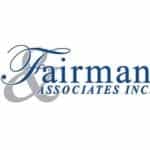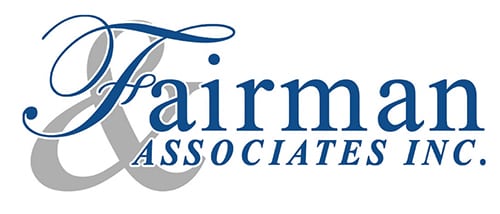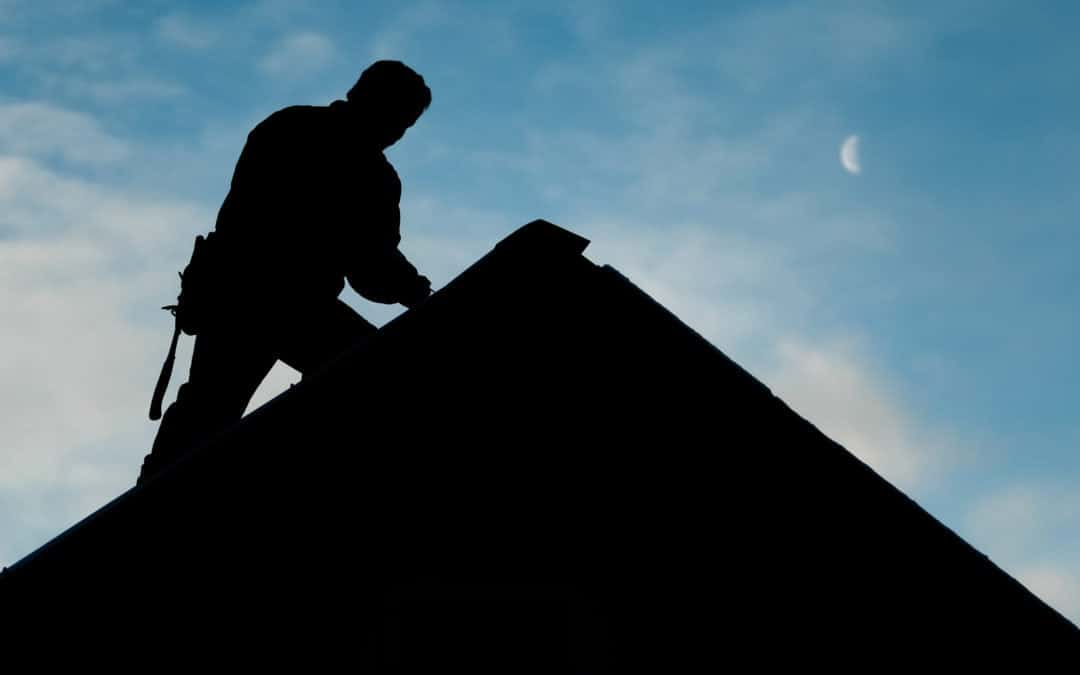The roof is a very important part of the commercial building system. It is there to preserve the structure as well as to provide a safe, dry environment for the building’s occupants.
There are many types of roofs on commercial buildings and the technology is constantly changing, with new materials being developed and new attachment systems being designed. Years ago, the majority of commercial flat roofs were a system of layers. The first layer would be a felt sheet that would be applied and fastened with metal fasteners, depending on the building deck. Next, a layer of a heavy felt was applied and adhered with hot tar. Lastly, the top layer would be crushed gravel that would be adhered by a coating of hot Tar. The crushed gravel was put on to reflect the sun’s UV rays and stop deterioration of the underlying layers of the roof assembly.
Today, roof systems have become much more efficient with regard to UV and sun reflection. They add to the efficiency of the building envelope and allow for lower energy consumption for cooling. Another area that has seen vast improvement is the system used to attach the roof assembly to the building deck. Wind codes that were written after the major hurricanes came ashore called for a system that would not allow the wind to lift the roofing assemble and blow it off. Today, all existing roofs must withstand an up pull test to remain, if a new roof is being contemplated over the old system.
All roofs require care. The better the care and maintenance program, the longer the roof will be water tight and perform. At Fairman & Associates Inc. a yearly schedule is developed for each property, with maintenance and cleaning. Approved contractors, who have the roof material manufacturer’s approval, are selected and put under contract. This preserves the manufacturer’s warranty, as well as having a company that is knowledgeable of the roof system.
About the Author

Bill Fairman Sr.
Bill has over thirty years of experience in the property and asset management field with additional expertise in: Budget and cost controlling, long range planning, preventative maintenance scheduling, site selection, purchase and/or lease negotiations, court receivership, property appraisal, inspections and review coordination.









